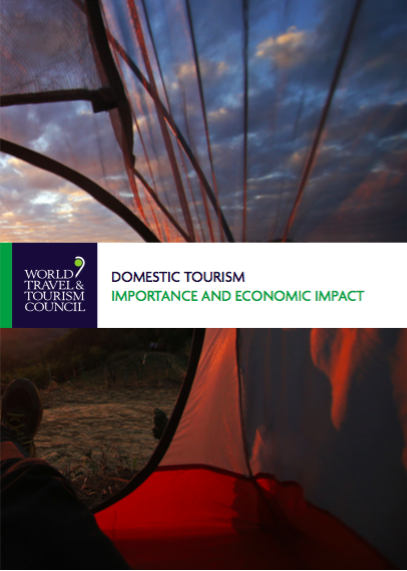
December 2018
Importance & Economic Impact of Domestic Tourism
Using the World Travel & Tourism Council’s (WTTC) annual economic impact data, this publication assesses the importance of domestic travel to 185 countries, considers the trends driving this phenomenon and provides policy recommendations for the continued growth of domestic travel in the global economy.
While countries often tend to focus on international tourism due to the revenue earned through exports, domestic tourism remains the leading form of tourism, representing 73% of the total global tourism spend in 2017.
Governments use domestic tourism as a tool to eliminate local poverty, generate employment and economic growth, upgrade infrastructure and alleviate pressure from overcrowding through, for instance, discretionary pricing policies and the provision of non-wage tourism benefits. Moreover, domestic travel helps address seasonality within regions, while also dispersing tourists to less visited rural areas, which tend to be overlooked by foreign visitors.
The research shows that China has been extremely successful in fostering domestic tourism, outperforming all other countries in domestic spending growth over the last ten years thanks to its growing middle-class and government support. China is now the leading domestic tourism market in the world, up from 4th position in 2008. Meanwhile, many developing countries have also shown significant growth in Travel & Tourism domestic spending, as residents with rising disposable income begin to explore their countries.
